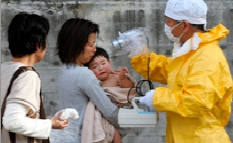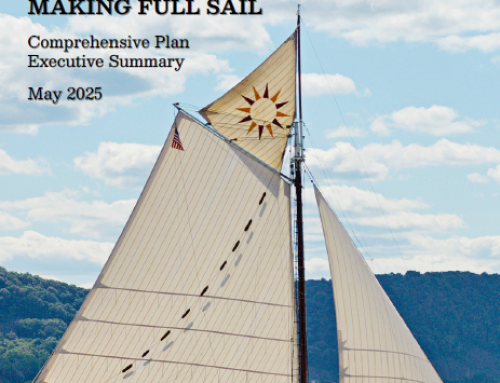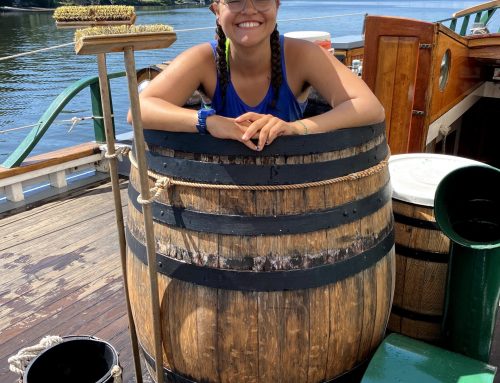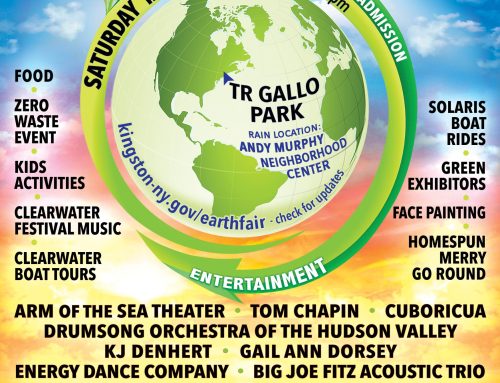A Regional Conference for First Responders and the General Public
Following the disaster at Japan’s Fukushima Daiichi nuclear complex, the Nuclear Regulatory Commission said it would draw and apply the “lessons learned” in the US. One year after the March 11, 2011 meltdown, in terms of emergency preparedness and disaster response capabilities, little if anything at Indian Point or other US nuclear plants has changed.
What: On Monday, March 5, emergency responders and the general public will have a rare chance to hear from visiting Japanese experts who lived and worked through the disaster at Japan’s Fukushima Daiichi nuclear complex. This is an opportunity to meet those who participated in the response to the devastation during the March 11, 2011 disaster. At this important conference, Japanese experts will provide eyewitness reports and share their experiences during the crisis and answer questions. A panel of American experts will discuss how the ongoing crisis in Japan relates to Entergy’s Westchester nuclear facility in Buchanan. The presentation will be followed by a question and answer session for the media and the public.
Who: EMTs, medical personnel, firefighters, police, transportation providers, disaster relief organizations, those responsible for the evacuation of schools, nursing homes, prisons and similar institutions are invited to attend this informational meeting with our Japanese counterparts and eyewitnesses from Fukushima, Japan, hear their stores and learn from them.
Those persons who live within the 50-mile radius of Indian Point will also be interested in hearing how such a major nuclear accident could impact their community from an evacuation and emergency responder’s perspective. The event is designed to convey vital information to the general public, elected officials, EMTs, medical personnel, firefighters, police, transportation providers, disaster relief organizations, those responsible for the evacuation of schools, nursing homes, prisons and other institutions.
When: Monday, March 5, 2012 at 6:30 PM.
Where: East Library of Manhattanville College, 2900 Purchase St., Purchase, NY
Presenters:
Japanese experts and eyewitnesses who experienced Fukushima first hand:
・ Dr. Tetsunari Iida, a nuclear scientist, worked in energy and environmental studies at the Japan Research Institute and spent many years in the nuclear industry. He is now Executive Director of the Institute for Sustainable Energy Policies in Japan, and serves on the Japanese Cabinet Secretariat Advisory Committee for Prevention of Nuclear Accidents.
・ Dr. Yuki Tanaka is Research Professor of History at the Hiroshima Peace Institute, Hiroshima City University and author of many books on nuclear power and related topics.
・ Mr. Noriyuki Kitajima, known as Saburo, is an organizer for the Precariat Union in Tokyo. He helped the victims of the Fukushima disaster, and currently works at Fukushima Daiichi and Daini nuclear power plants as a subcontract worker.
・ Mr. Kazuhiko Amano, a researcher at Fukushima University Institute for Disaster Relief, was working for the government in the Fukushima Prefecture during the Fukushima Disaster. Since the earthquake, Mr. Amano has been organizing community activities to mitigate stress among the refugees who have stayed in minimally equipped temporary housing for the past year.
US experts on emergency preparedness:
・ Irwin Redlener, M.D., Director of the National Center for Disaster Preparedness and Professor at Columbia University Mailman School of Public Health, is a national leader in emergency response and the public health ramifications of terrorism and large-scale catastrophic events.
・ Erik Larsen, M.D., Associate Director of White Plains Hospital Emergency Department, is a national expert in Disaster Medicine, and serves with the National Disaster Medical System (NDMS)/Disaster Medical Assistance Teams (DMAT) and the NYC MEDICS Disaster Team. He has been trained to respond to nuclear accidents and has treated a patient who was injured and contaminated in the ‘hot zone’ at Indian Point.
・ John Armbruster, Seismologist from Columbia University Lamont-Doherty Earth Observatory, an expert on seismic faults in the area near Indian Point.
Sited in the most densely populated area of any US nuclear plant, 25 miles north of Manhattan, Indian Point is riddled with safety issues; it is an aging, leaking, deteriorating facility built near the intersection of two earthquake fault lines and a gas pipeline. As it ages and continues to make more and more highly radioactive spent fuel and storing it on site, it poses a growing threat to public health and safety.
This meeting offers an opportunity for the public to better understand the lessons learned from the Fukushima-Daiichi disaster, how they can be applied here – particularly within the Indian Point 50 mile zone – and take inventory of our own disaster preparedness and response capability.
Please click here for EYEWITNESS FUKUSHIMA flyer and agenda
Registration: Please go to http://www.surveymonkey.com/s/Y3Y93SY to register. Pre-registration is strongly encouraged, as seating is limited to 80 participants. This event is free for First Responders and interested others.
Conference Cosponsors: Connie Hogarth Center for Social Action, District Council 37 (DC-37) of the American Federation of State, County and Municipal Employees (AFSCME); Hudson River Sloop Clearwater, Inc.; New York Committee for Occupational Health and Safety (NYCOSH); NYS Psychological Association (pending); Physicians for Social Responsibility, National and NY City Chapter.
For further information, please contact Manna Jo Greene, Environmental Action Director, mannajo@clearwater.org or call 845-265-8080 x 7113.






